Learning Lab Format
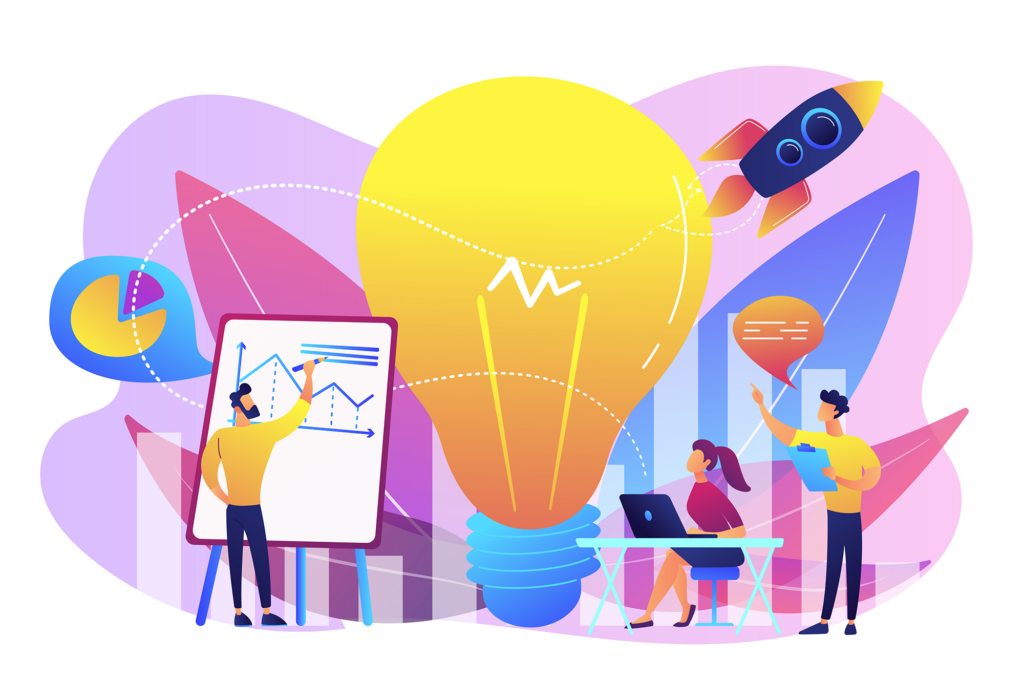
The Learning Lab Format is a practical guide for supporting educators in organizing an intensive Learning Lab for their students. The Learning Lab Format is composed of two parts:
- an online guide on this web. The guide helps answer questions from educators who would like to train their learners through a Learning Lab session. All the issues are addressed in the form of a list of questions such as “How to?”. The keys to success in applying the DC4DM model advising on how to select the stakeholders, how to create active teams, how to manage logistics and facilitation techniques and so on, are presented. This part is presented as
- a template to download (+link to the LearningLab Template file). The template allows to prepare an action plan in preparation of the educational workshop. Educators can refer to the format for guidance before, during and after the training session. They can use it to guide their organization, check the logistical and material preparation, and document the training session.
The DC4DM format contains detailed information on the implementation of a LearningLab applying the DC4DM learning model. Teachers can refer to the format for guidance before, during and after the training. This guide explains the keys to success in applying the DC4DM model: how to select the actors: students, start-ups and companies, how to create active teams, gives advice on logistics and facilitation techniques and describes step by step the phases included in the DC4DM model.
For each item you will find indications and advice on how to carry them out. The points covered :
- How to select learners ready to apply the DC4DM model?
- How to create student Team?
- How to facilitate as a trainer
- What are the logistical elements to plan for a welcoming and energizing place?
- How to define an INSPIRING work Theme
- How to collect the feedback of the different stackholders ?
- How to involve Start Ups et companies
- How to engage the students (Teambuilding activities)
- How to organize in time the process
- How to apply the phase 1
- How to apply phase 2
- How to apply the phase 3
- What effective and relevant communication should be put in place around the Learning Lab ?
- How to join the DC4DM community ?
Menu Format
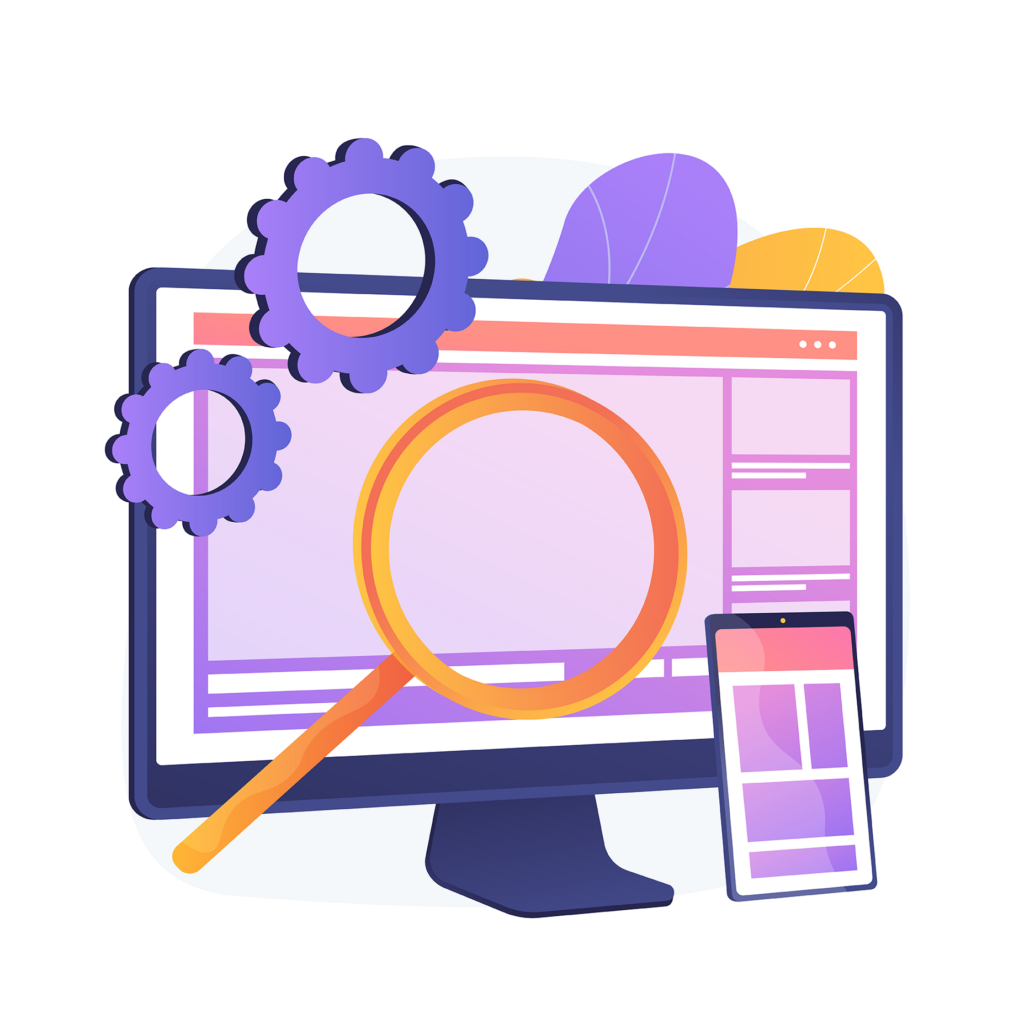
• which application documents to request
• motivation
• the diversity
• the skills
How to build the student teams? The challenge is important, as each team of students is destined to work and succeed together.
The question to ask yourself is what is your dream team of students: team members who communicate with each other? a team that succeeds? a team where everyone brings their skills? a team that …? Ask yourself this question and with these questions you will be able to refine the criteria for choosing team members.
Here are some general elements for the constitution of student teams:
• Do you define the team or student can choose?
• How many students per team
• How to divide students into teams
• Personalities
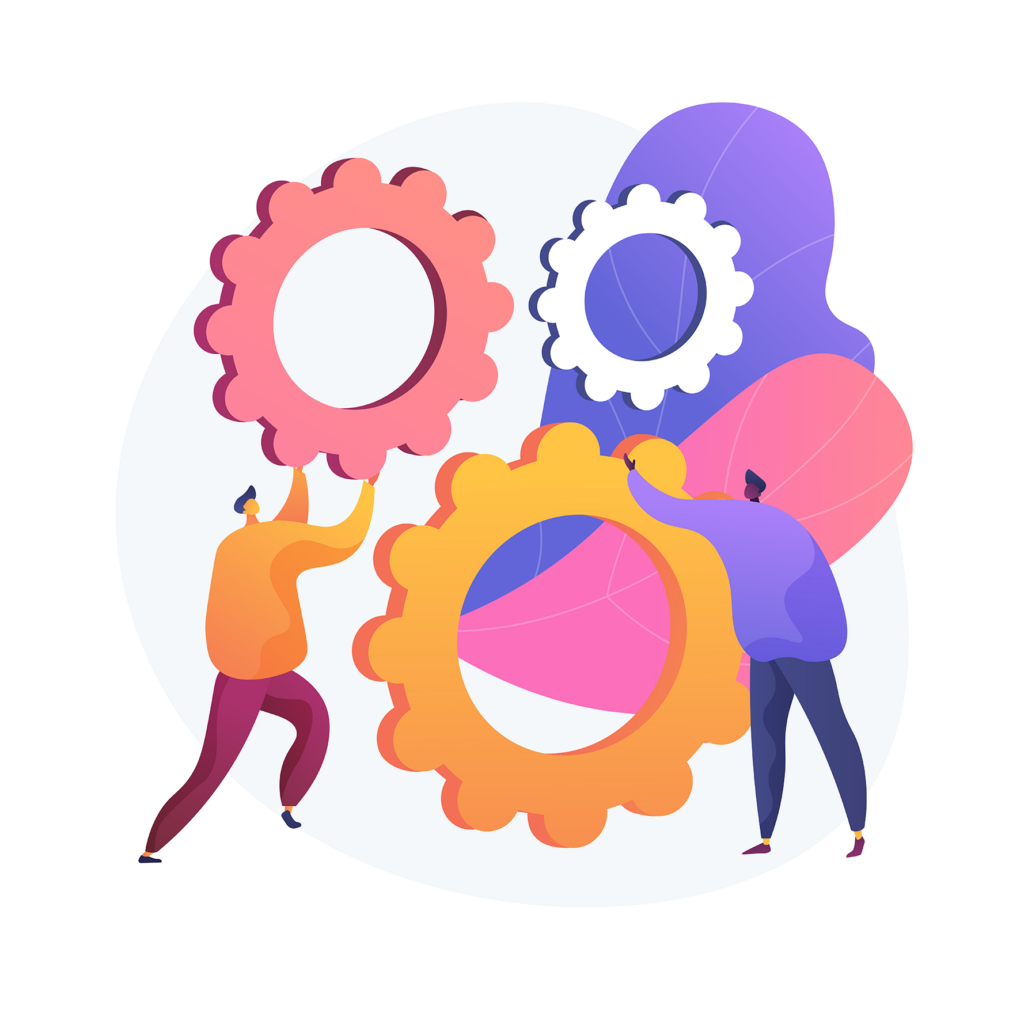
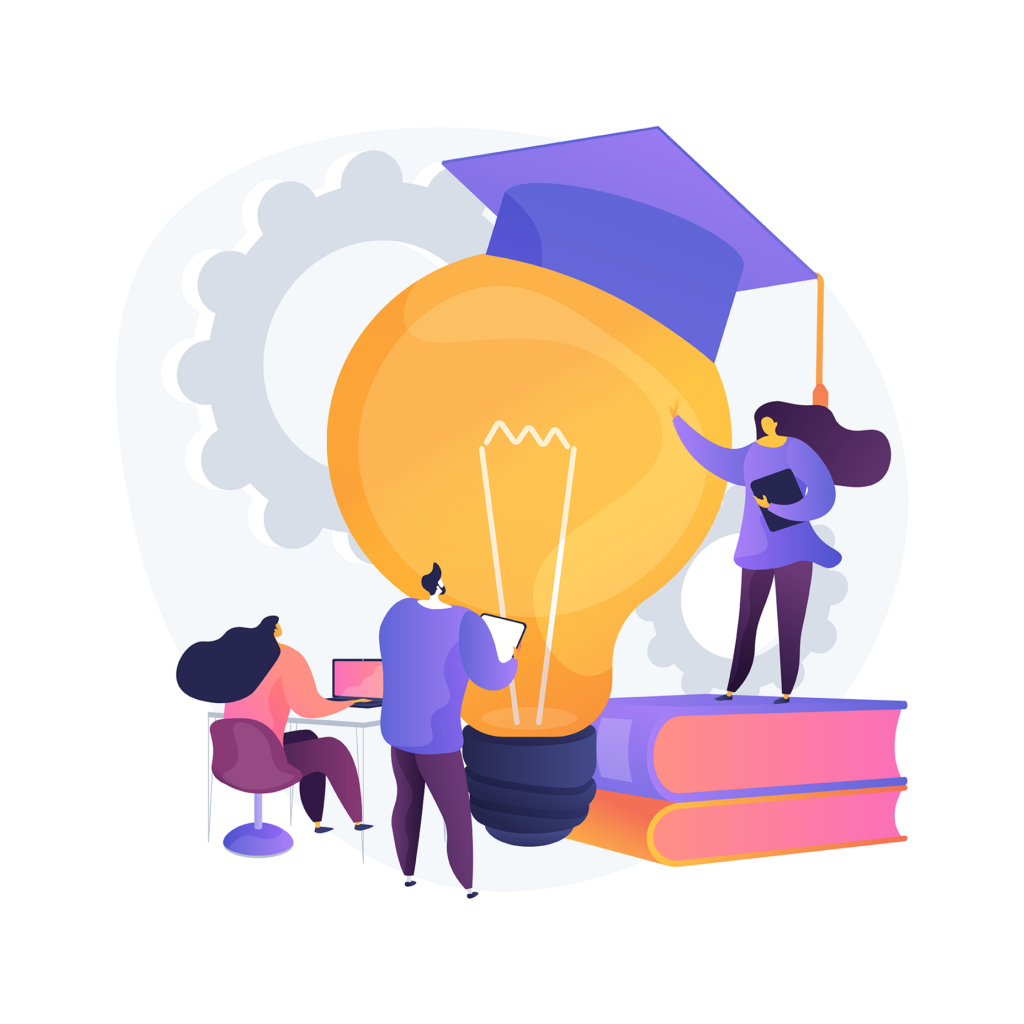
• Organising, disorganising and self-organising
• Listening and being listened to
• Using emotional intelligence and using your own
• Engage and commit
The logistical means are one of the factors of success of the training and a parameter to facilitate your work as an organiser. Do not skimp on this material and logistical aspect, identify the person in charge of these logistical aspects who can support you. The training venue should be accessible, functional and comfortable.
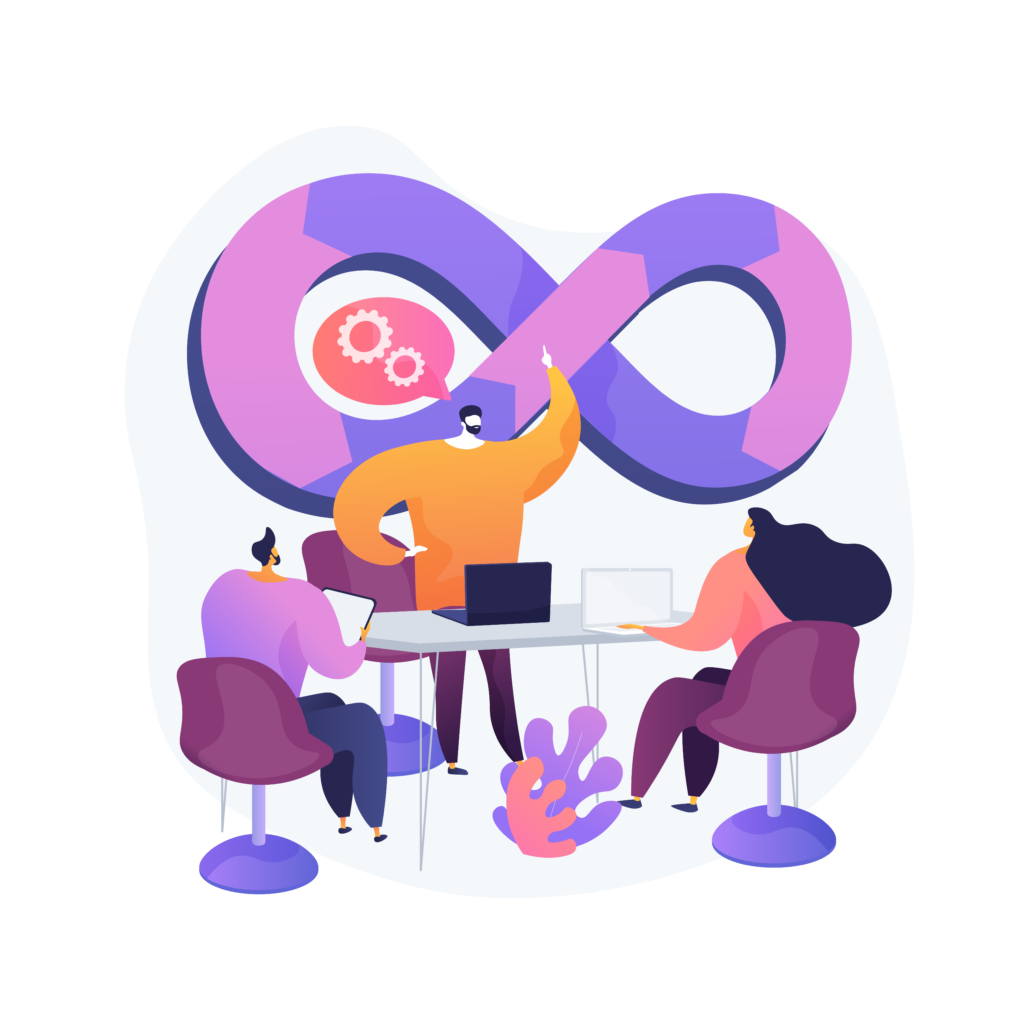

A theme is defined for each LearningLab. This provides the overall focus for the activities.
To ensure that your learners come, and that they are genuinely engaged, you must not just seduce them, but really motivate them with an issue that makes sense, that heralds real and profound changes. This subject must be able to generate a form of tension, address a current emerging issue in the local ecosystem. This theme may be driven by political issues and impacts (e.g. an area’s chosen economic development path), societal issues (e.g. a global event that is attracting attention and commitment to resolve it), economic issues (e.g. a local agricultural production issue) or environmental issues (e.g. a local sustainable development goals issue). A theme linked to the primary needs of human beings can be a good choice to make it easier for learners to take ownership.
In the Activities page you can read the themes we defined in the 3 Learning Lab launched in the project
Both during and after the process, it is important to gather feedback from the various stakeholders. It’s important that this feedback is used in a positive and constructive way to drive continuous improvement. As a committed organiser or facilitator, it is sometimes difficult to listen to feedback that is not always positive, and you need to know how to stand back and listen actively in order to draw constructive conclusions.
During the process, various devices can be put in place, such as a wall of post-it notes with questions for each day or each activity, which learners are invited to contribute to. This system requires learners to make a visible commitment in order to post post-it notes, making it difficult for them to give negative feedback.
At the end of the process, a quality questionnaire can collect feedback from learners on specific questions. The advantage of this is that it gives learners a certain amount of confidence to give their feedback, but it does not allow for discussion.
The best thing is to take the time to share and have sincere and direct discussions with the participants. This is more favourable because it avoids misunderstandings or misinterpretations and both learners and organisers can explain their point of view, their difficulties and the keys to improvement.
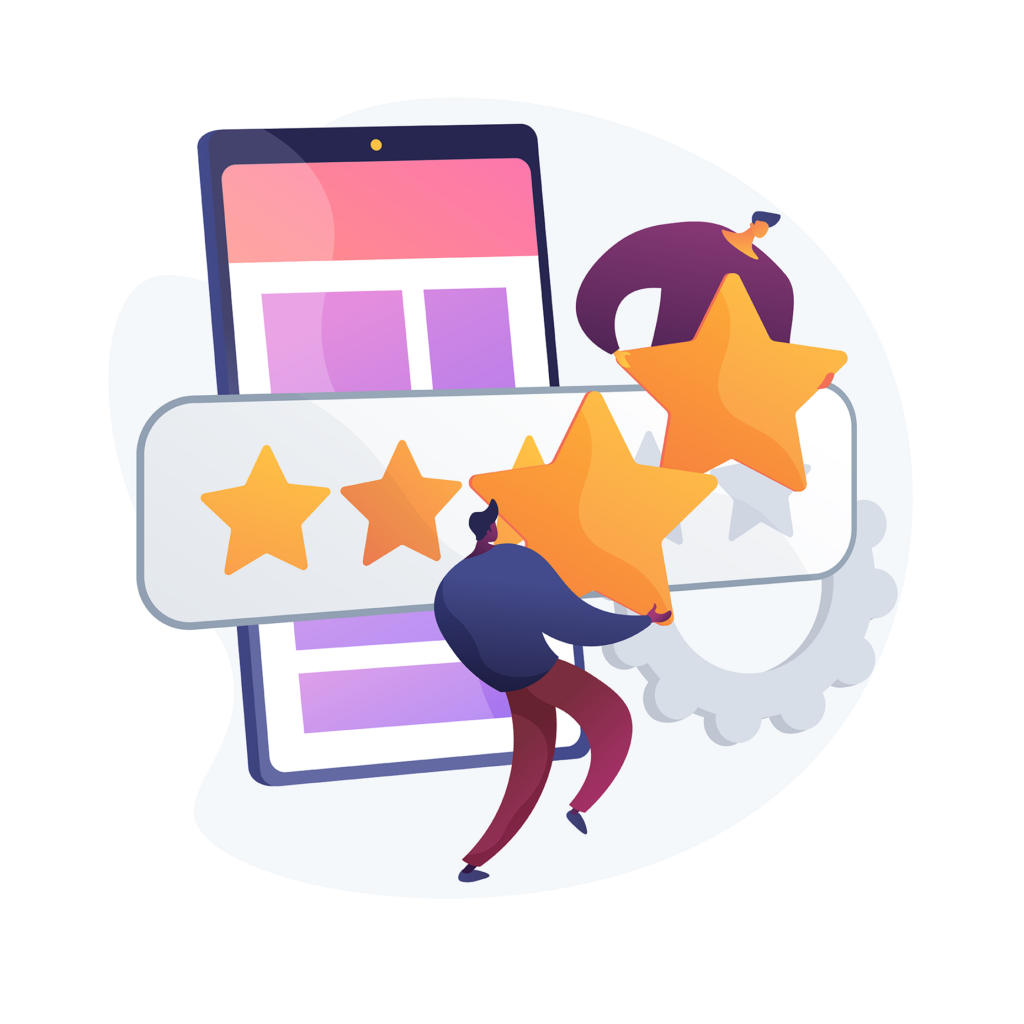

Start-ups and companies are involved in the process to provide fertile ground for learners’ ideas on the problem. Their fields of application can open up new possibilities for learners.
Start-ups and companies may be interested in finding out about the expectations and ideas of their future customers, employees or potential users. It may be important for them to position themselves strategically in certain areas and, through their participation, to show their commitment to emerging and innovative subjects. The learning activities and process can give them ideas for training or guiding the management of their teams.
In the Activities page you can find the Open call for startups and SMEs launched during the project and in the MOOC you will find the resources to launch your own open call
Teambuilding activities can be included in the LearningLab schedule. They can include:
– An energiser to get learners energised at the start of the day,
– An organisational discovery to show how a team works internally. The aim of the teambuilding activity is to understand the ways in which different team members work or communicate, and to show how each person takes on tasks or roles in the team, and who is more of a leader or a follower. In this way, everyone becomes aware of the role they play in teamwork and can learn to improve.
– An emotional release, an activity to relieve stress, let go or channel energy towards a more intense game.
– A tool to facilitate the work of the next session, to learn about each person’s cognitive mechanisms or to discover a particular process such as creativity.
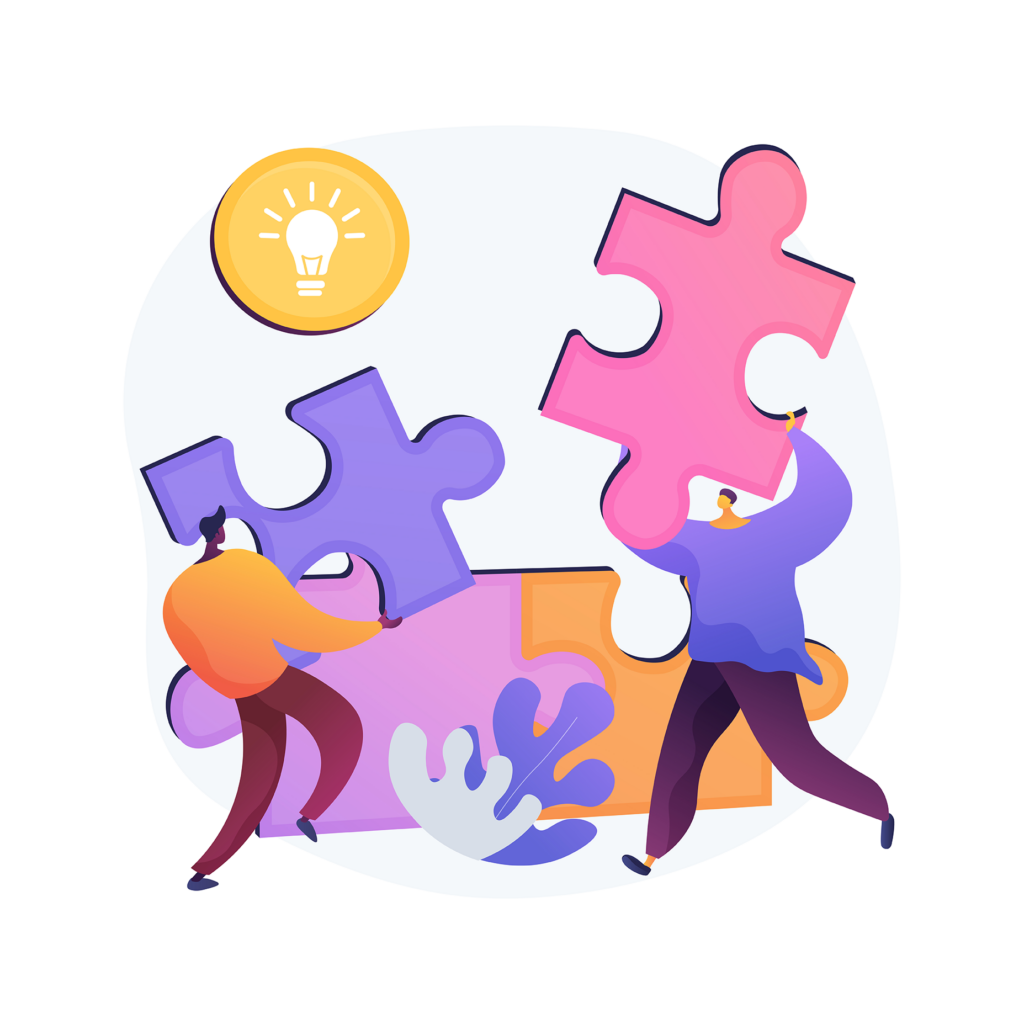

The Learning Lab’s activities are described in the DC4DM model process and the toolkit is available on Miroverse.
The process consists of three phases: Horizon scanning, Visioning and Ideating&Prototyping.
The learner teams will engage in the process with the aim of transforming their macro-theme into a specific theme, then defining a scenario to come up with a concept.
For each phase, the learners use two tools to guide them through the process. These tools are available in the toolkit; they are templates in which the learners are guided through the activities to be carried out to achieve the objective of the phase.
In addition, pre-process activities are proposed to train learners in one of the three drivers. A pre-process activity can be proposed before the start of each phase.
You can help the learner teams during this phase by making sure at the start of the phase that the teams are using the right tools and moving in the right direction in terms of teamwork. It is also necessary to offer time for teachers and learners’ teams to discuss their progress, guide them and ensure that the timing is right.
If you have the time, it might be a good idea to schedule a sharing time at the end of the phase, so that each team can share the fruits of its labour with the other teams.
In the Toolkit you will find the materials for phase 1 of the DC4DM learning process.
To begin phase 1, the team has a defined macrotheme.
At the start of the phase, take the time to explain the objectives of the phase using the presentation support provided in the toolkit, and to explain the timing required to complete this phase. The objective of this first phase is to define a specific theme. To do this, the learners’ teams will use two tools: “Trend research&Steep analysis” and “Domain map”. Both tools are described in templates.
The “Sustainability” driver skills can be practised at the start of the phase using the suggested pre-process activities: learning by walking, Stepping into the doughnut, What’s the goal.
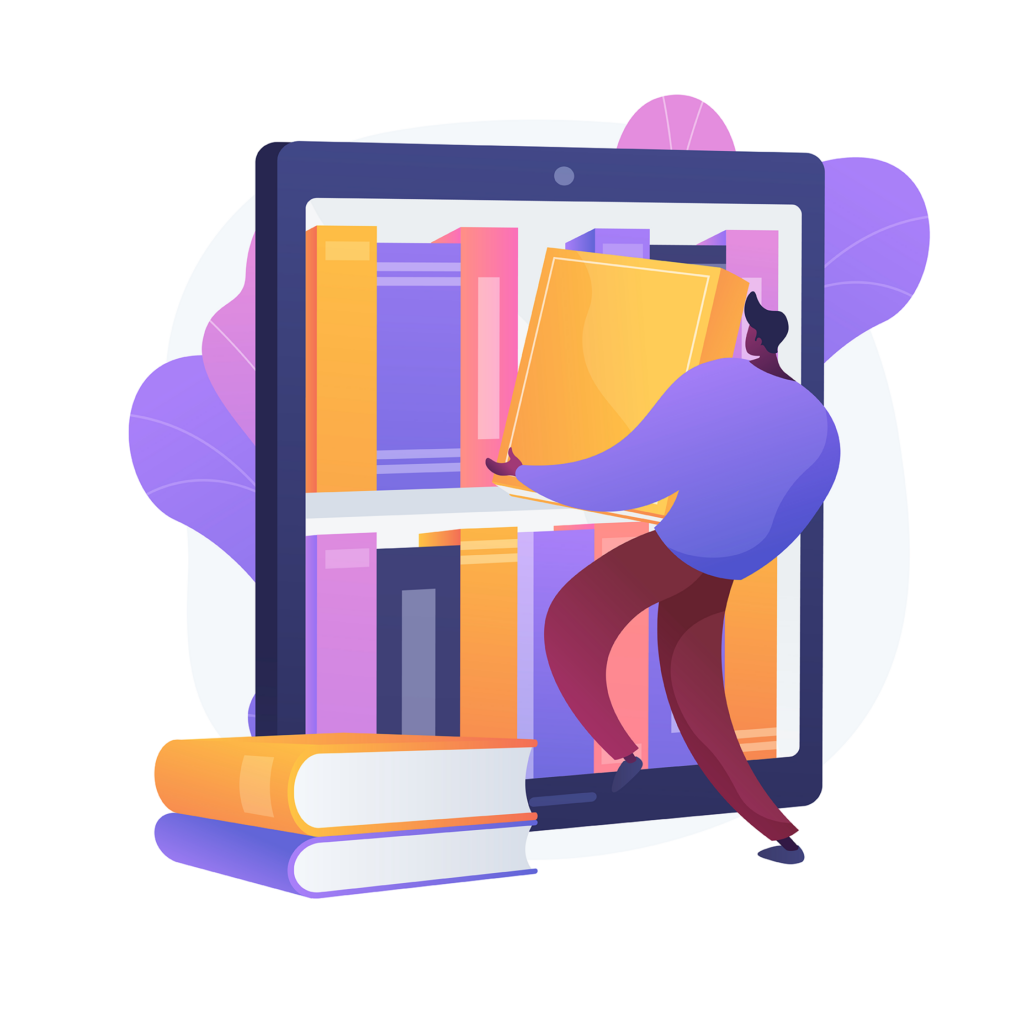
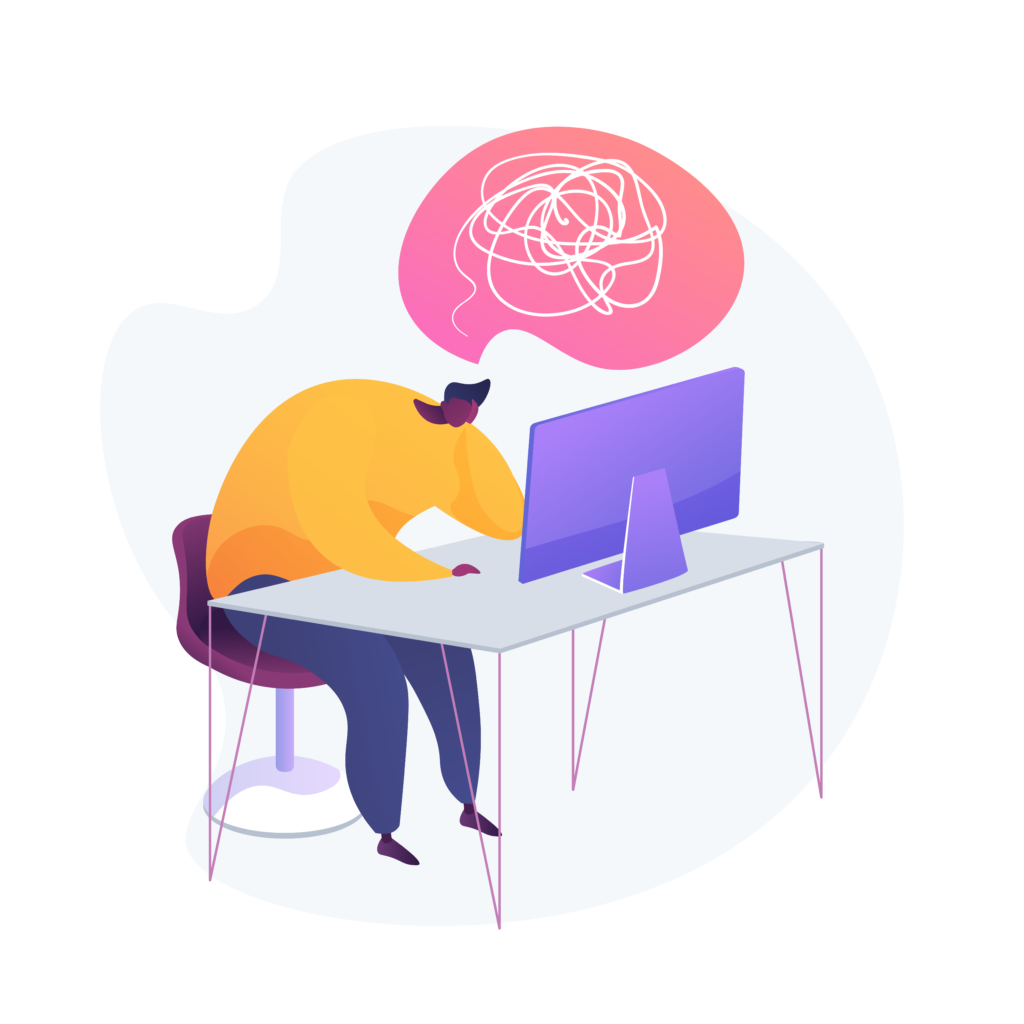
To begin phase 2, the team has a specific theme defined during phase 1.
A pdf file is available in the toolkit to present, at the beginning of the phase, the objectives of phase 2 Visioning, its expectations and the associated schedule.
The aim of this phase is to define a scenario. This scenario will be constructed by the learners team working on the “Alternative Futures” tool and then the “Scenario matrix”. These two tools are described in templates.
One of the two activities “ethical Game” and “Moral values finder” is recommended at the beginning of phase 2 to train the skills of the “Ethics” driver.
The aim of phase 3 is to develop a concept based on a scenario. The scenario defined in phase 2 serves as the starting point for phase 3. The learners’ teams will first use their creativity with the “Brainstorming & Inspiration Stimuli” activity and then prototype their concept using the “build to think” activity. The support for the presentation at the start of the phase is available on the toolkit. Pre-process tools from the “tech Foresight” driver are recommended to be applied at the beginning of the phase.
Phase 3 ends with a time for sharing. This is the time when each team presents its progress and achievements. The sharing moment is not an end-of-project presentation, as can happen in some training modules. Its purpose is not to evaluate but to enhance the learners.

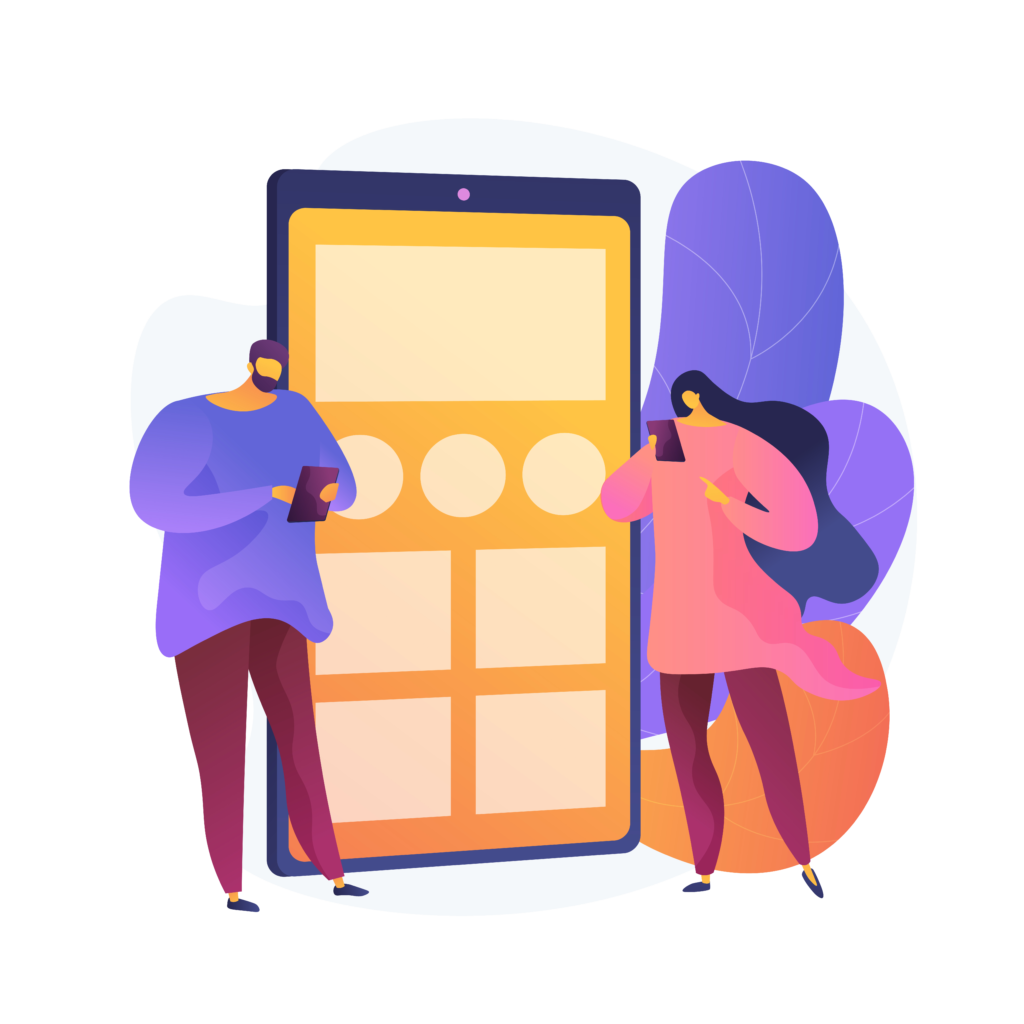

Communication about the LearningLab is aimed both at the LearningLab’s stakeholders (learners, companies, educators) and at outsiders.
The aim of the DC4DM project is to offer a learning process while building an interested community. To join the community, you can contact us via the website but above all join our LinkedIn group or Facebook group.
The aim is to share information on the themes inherent in the learning process.
You can share with us :
– Your questions about the learning model
– Your questions about the tools and their implementation
– Your questions about or your desire to set up a LearningLab
– your announcement of a LearningLab
– how you set up a LearningLab, your choices, what theme you chose, the activities you set up
– feedback on the learning process, how the DC4DM process has helped you to train and guide your learners
– feedback from your learners
– suggest additional tools for reflection
– suggest avenues for reflection
– invite people from your networks who might be interested in the process.

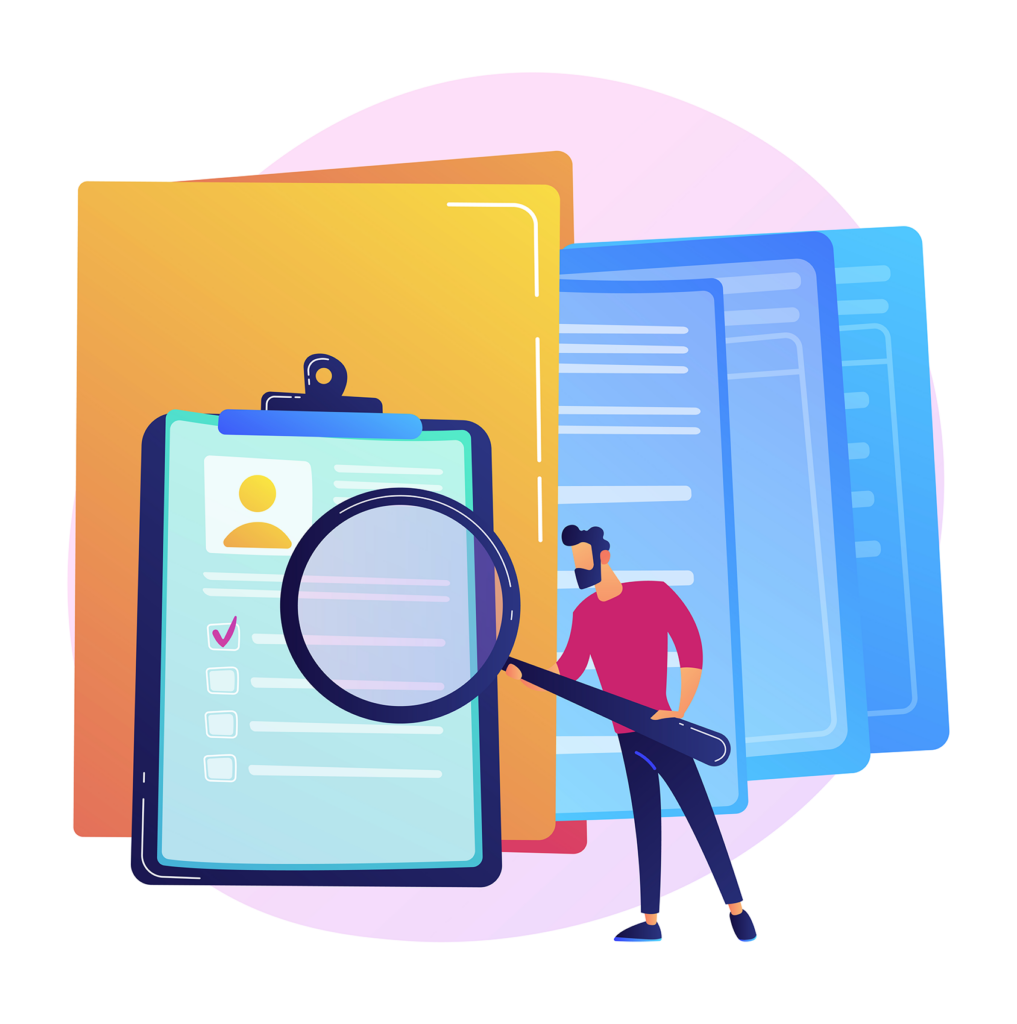
What are the most relevant documents to ask students to apply for? The curriculum vitae and the motivation letter remain classic tools for learners to apply and for teachers to find the necessary elements for their selection. The purpose of the cover letter is also to test the effort and motivation of the learner. The CV sheds light on the learner’s disciplinary competences, soft skills and experiences. A portfolio can be useful in a second step, after pre-selection, it accompanies and illustrates the CV. It shows the quality of the application and the student’s reflection on the portfolio as a tool for personal development. The content of the portfolio reveals the passion and personality of the student.
One of the primary criteria for success is the motivation of learners to engage in the course. All activities require the learner to be in tune with the training and therefore motivated to discover and learn. The activities require commitment. The learning process creates a cognitive imbalance, so it is important that the learner is as balanced as possible, especially emotionally, to engage in learning.
The DC4DM model is dedicated to multidisciplinary and international teams. This diversity of profiles must be considered from the moment students are selected. This diversity gives rise to the richness of the exchanges and the originality of the work. It is to be taken into account in terms of academic and personal backgrounds, experiences, gender, ethnic and social origins. The different profiles will allow for a broader knowledge of the social and societal environments, where innovation will take place.
The plurality of skills, hard and soft, is also to be considered. The major importance of transversal skills is established in the success of teamwork and innovation. Curiosity, open-mindedness, empathy, the ability to work in a team, active listening are examples of this, which can be seen in the students’ profiles. They create a favourable basis for successful learning.
Each student should be able to put himself/herself in the position of an expert in a given field, this allows each student to value his/her skills but also to trust his/her teammates and rely on them in certain areas. The disciplinary variety brings business knowledge to the innovation process.
For an international configuration, particular attention should be paid to the participants’ level of English. They must be able to communicate, share and express their ideas and concepts without difficulty. This linguistic aspect is important and is one of the keys to the success of teamwork.
